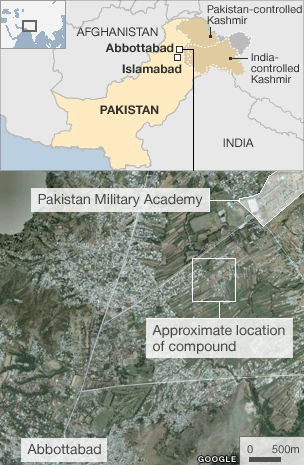There are many new trends producing the dramatic changes in warfare. Many of these changes are missed by the media and even many military analysts because so much has changed so quickly. The new technologies and trends include;
Robots. Combat robots have actually been around for over a century. Naval mines and torpedoes are robotic weapons that proved themselves in the early years of the 20th century. There were some more robotic weapons in World War II (cruise and ballistic missiles plus the first “smart shells”), but the momentum for combat robots really didn’t get going until the late 20th century, when smaller, cheaper and more reliable microprocessors and similar electronics made it possible to create inexpensive, “smart”, dependable and useful battle droids. Combat robots have sneaked into the military, without many people in, or out of, uniform paying a lot of attention. That’s still the case, especially because the media and even many senior military and political leaders don’t fully understand the technology nor how it is implemented. One example of this confusion can be seen with the constant reference to UAVs (unmanned aerial vehicles) as “drones” or “robots.” They are neither, they are simply remotely controlled aircraft, something that’s been around for over half a century. But these UAVs are being given more and more robotic (operating autonomously) capabilities. This isn’t new either, as torpedoes have had this ability for over 60 years and missiles for over 50 years.
Battlefield Internet. The Internet appeared as a mass-market product in the mid-1990s just as a generation of PC savvy officers were rising up the chain of command. These guys had encountered the first PCs as teenagers and then had access to the pre-World Wide Web Internet in college. PCs and the web were not mysteries, but tools they were familiar with. By 2001 these men and women were majors and colonels, the people the generals turn to when they want something done, or explained. When the World Wide Web showed up in the mid-1990s, generals turned to the majors and colonels for an update and were told, “no problem sir, good stuff. We can use it.” There followed a scramble to create a workable “battlefield Internet.” But there was another trend operating, the 1980s effort to implement “information technology.” But as the ideas merged with workable and affordable hardware and software, sparks began to fly. Unlike earlier ventures into new technology, this was not just a case of the troops being given new gadgets and shown how to use them. With Internet stuff, and Internet savvy troops, a lot of the new technology was being invented by the users. This has created high speed development of new technology, putting new stuff through development, testing and into use much faster than ever before.
[…]
Commandos. These specialists have always been around. Think of the “Knights of the Round Table” or any legendary super warrior. During the 20th century, methods were developed to produce commando class troops at will. This was not possible in the past. While commandos are specialist troops that are only useful in certain situations, when you can use them, they often have a devastating effect. Those nations with large commando forces (the US, Britain, Russia, etc.) have a military advantage that is often the margin of victory.
Off the Shelf Mentality. Since the 1980s, the military has increasingly looked to commercial companies for the latest combat equipment. This recognizes that military procurement has become too slow, and technological advances too rapid to get the latest gear into the hands of troops before it becomes obsolete. In most cases, civilian equipment works fine, as is, for the military. This is because over half the troops that work at jobs that never take them from shops or offices indistinguishable from the work places civilians use. But even the combat troops can find a lot of equipment that is rugged enough for the battlefield. Soldiers have long noted that civilian camping equipment is superior to most of the stuff they are issued, and many soldiers have supplemented, or replaced, issued equipment with better off-the-shelf gear. In the last decade, it’s been common for combat troops to bring civilian electronics gear with them. Everything from laser range finders to GPS units, all of which are issued, but the official stuff tends to be heavier and less capable.

 More details are emerging of how al-Qaeda leader Osama Bin Laden was found and killed at a fortified compound on the outskirts of Abbottabad in north-west Pakistan.
More details are emerging of how al-Qaeda leader Osama Bin Laden was found and killed at a fortified compound on the outskirts of Abbottabad in north-west Pakistan.

